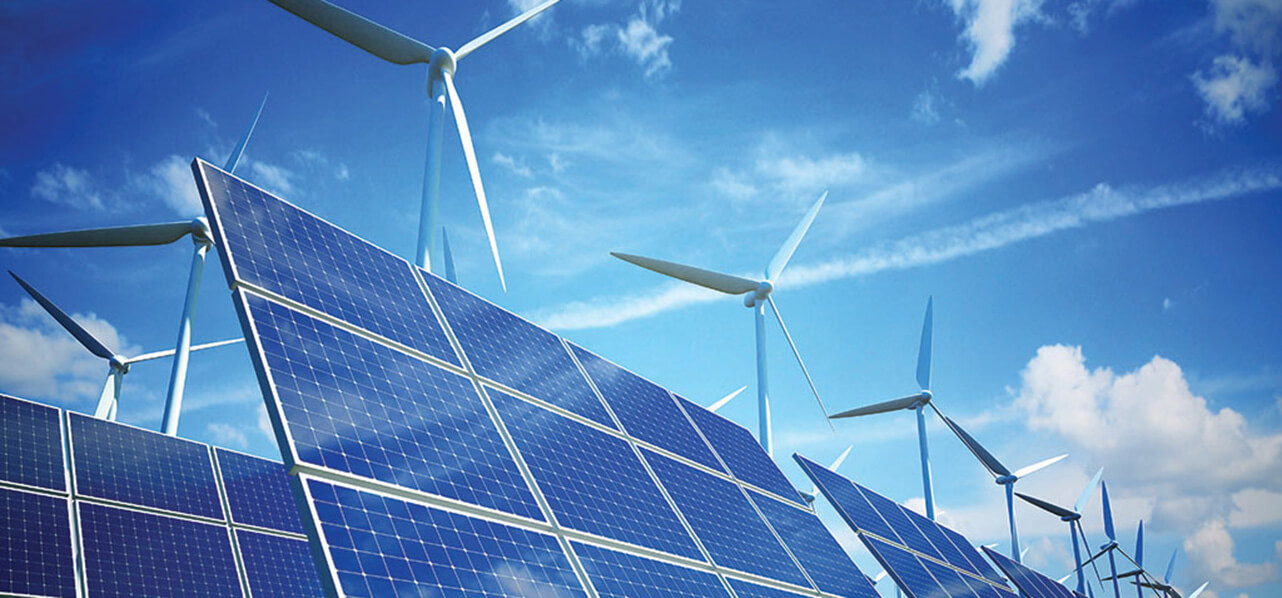With the world watching its leaders gathered in Glasgow for the 26th UN Climate Change Conference of the Parties (COP26) at the end of October 2021, the UK government published its Net Zero Strategy (the “Strategy”) with days to spare (19 October 2021). As the host government, many commentators were eagerly awaiting the Strategy and hoping it would set the scene for ambitious action and real progress in Glasgow.
Now that it’s here, and weighing in at a hefty 367 pages, has it delivered? That depends. Yes, a response to be expected from lawyers. It depends very much on what the expectations and promises were. The Secretary of State’s Foreword (page 10) promises that the Strategy will plot a bold and ambitious new course:





